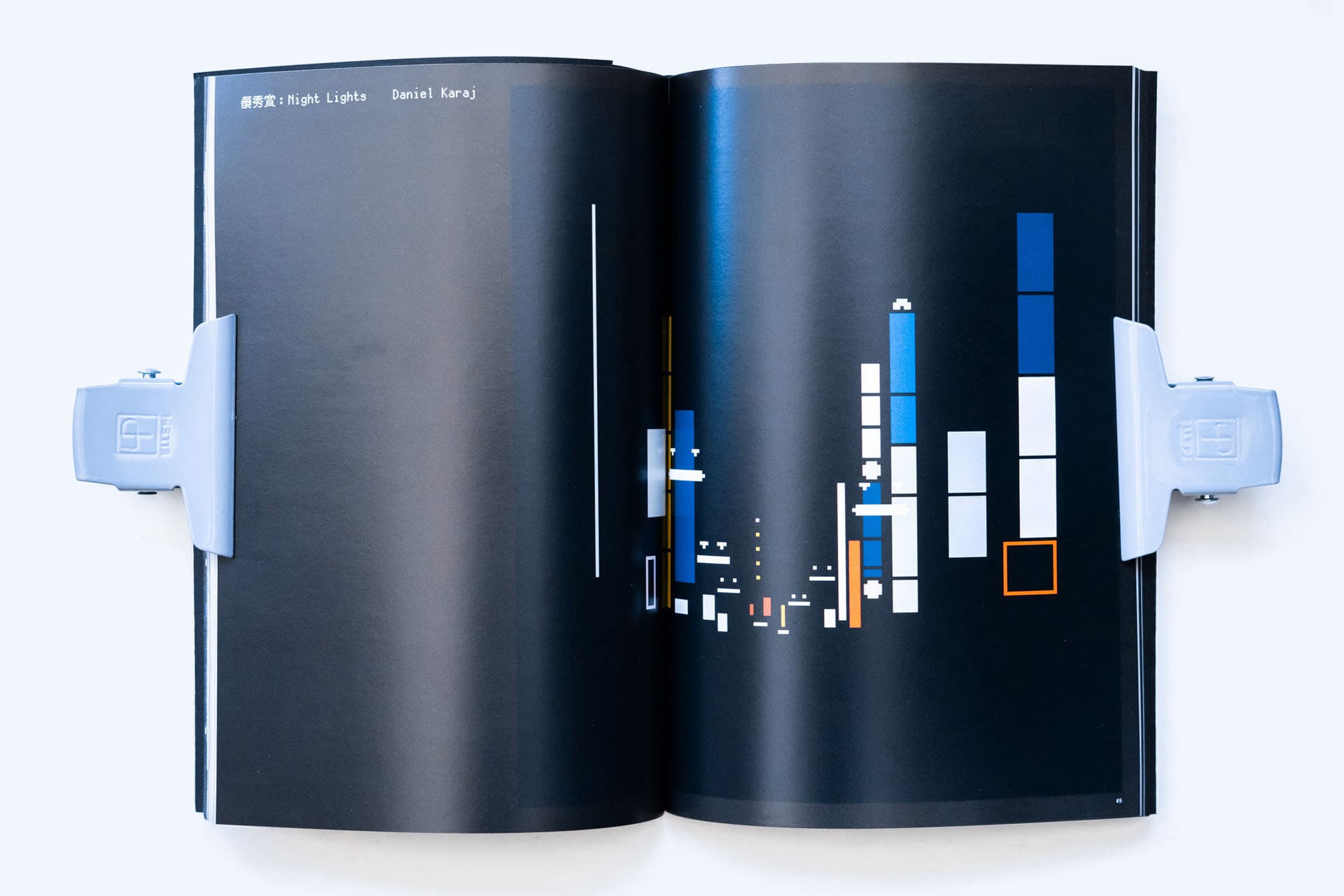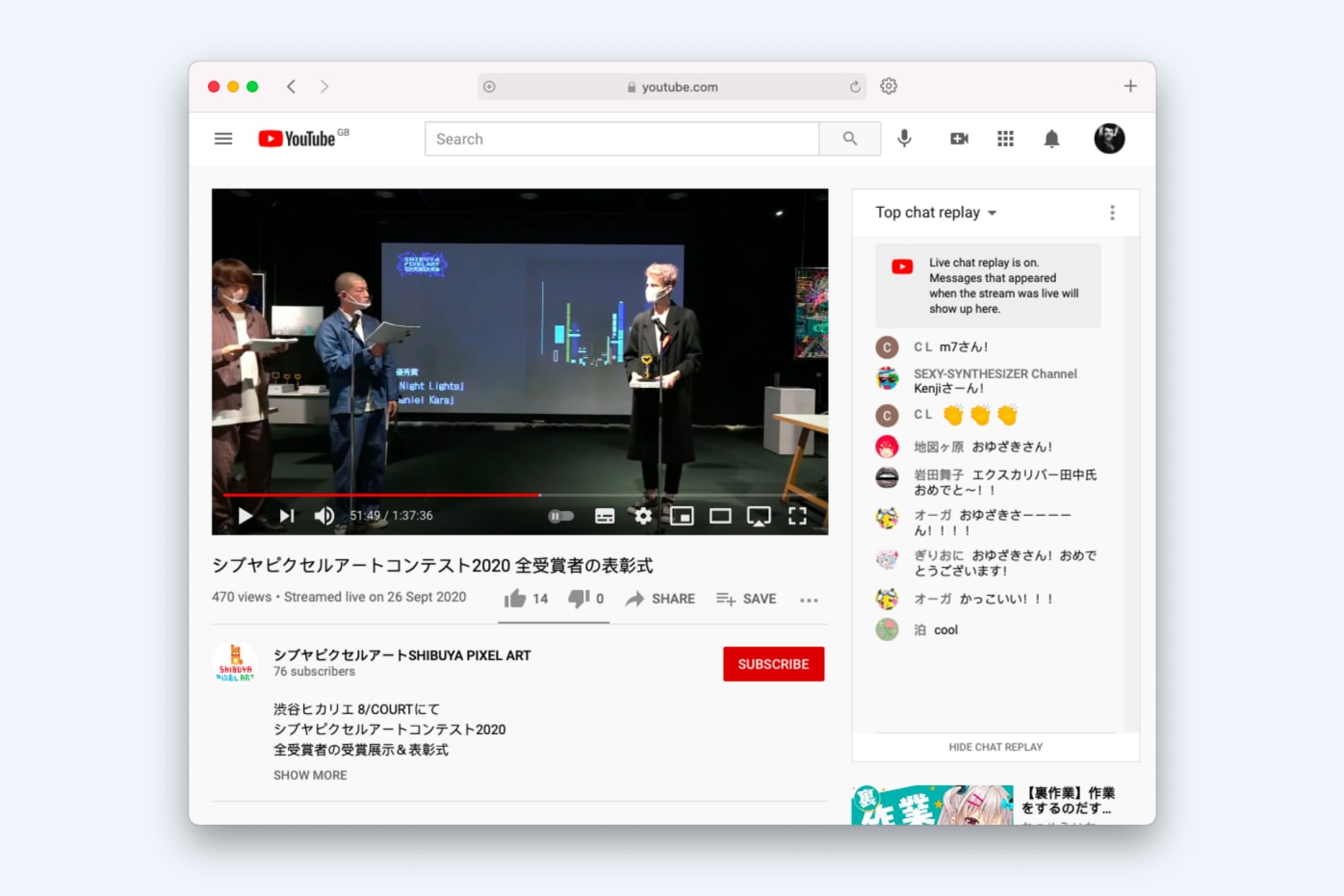I’m Daniel, a designer and engineer from south west London. In this collection of work I seek to showcase the broad range of roles that I’ve taken on during the last two years from speculative designer and collaborator in the case of Eggriculture, user-centric product designer in Amplify and award-winning artist in Night Lights. This flexibility in postion has led me to explore a number of different topics on the intersection of design and technology with a focus on design for good.
Education
MA/MSc Global Innovation Design (RCA & ICL) – Distinction
BA Computer Science (University of Cambridge) – 2:1
Recent Work
Software Engineer (Google)
Research Intern (DLX Design Lab, University of Tokyo)


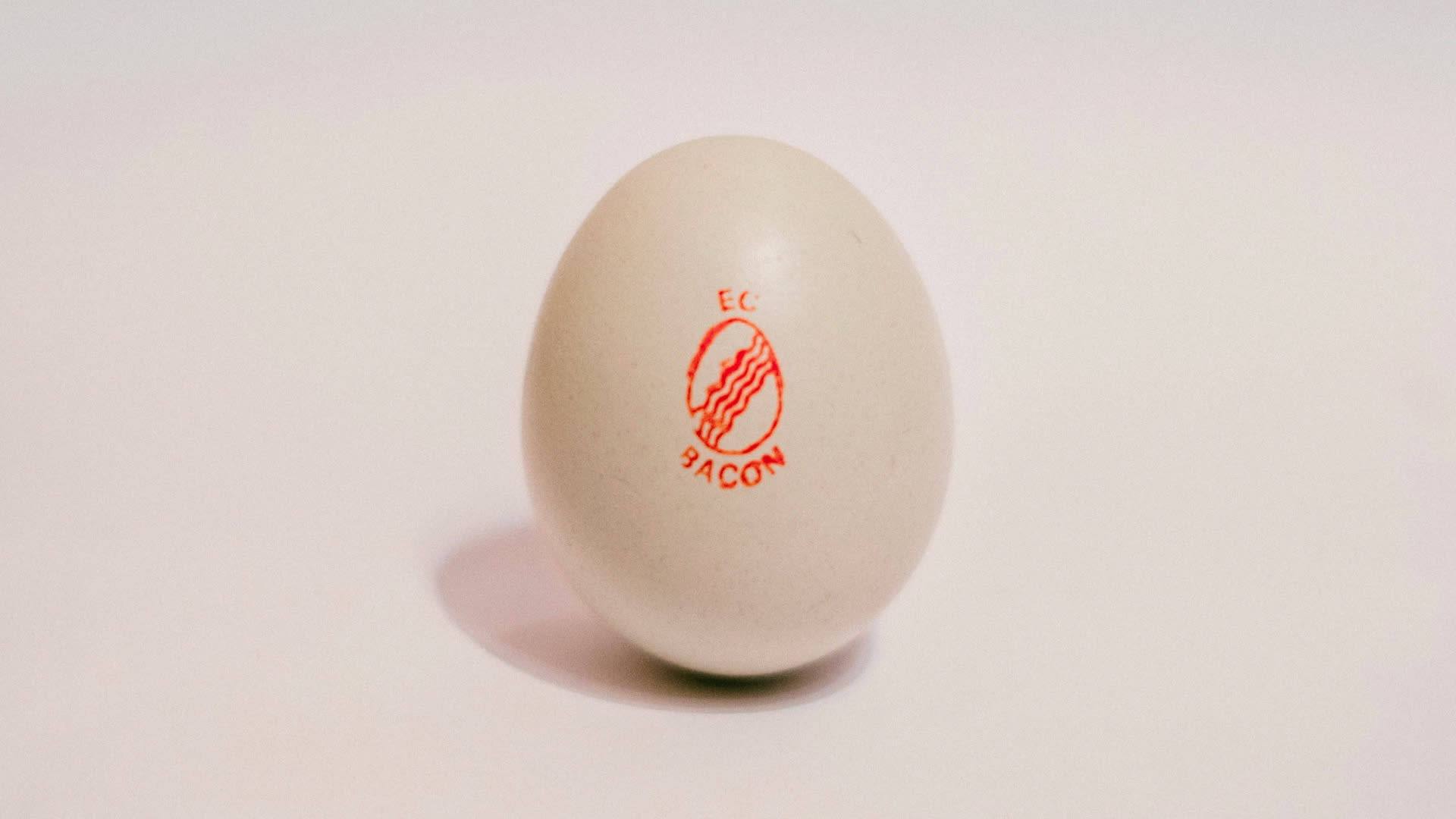



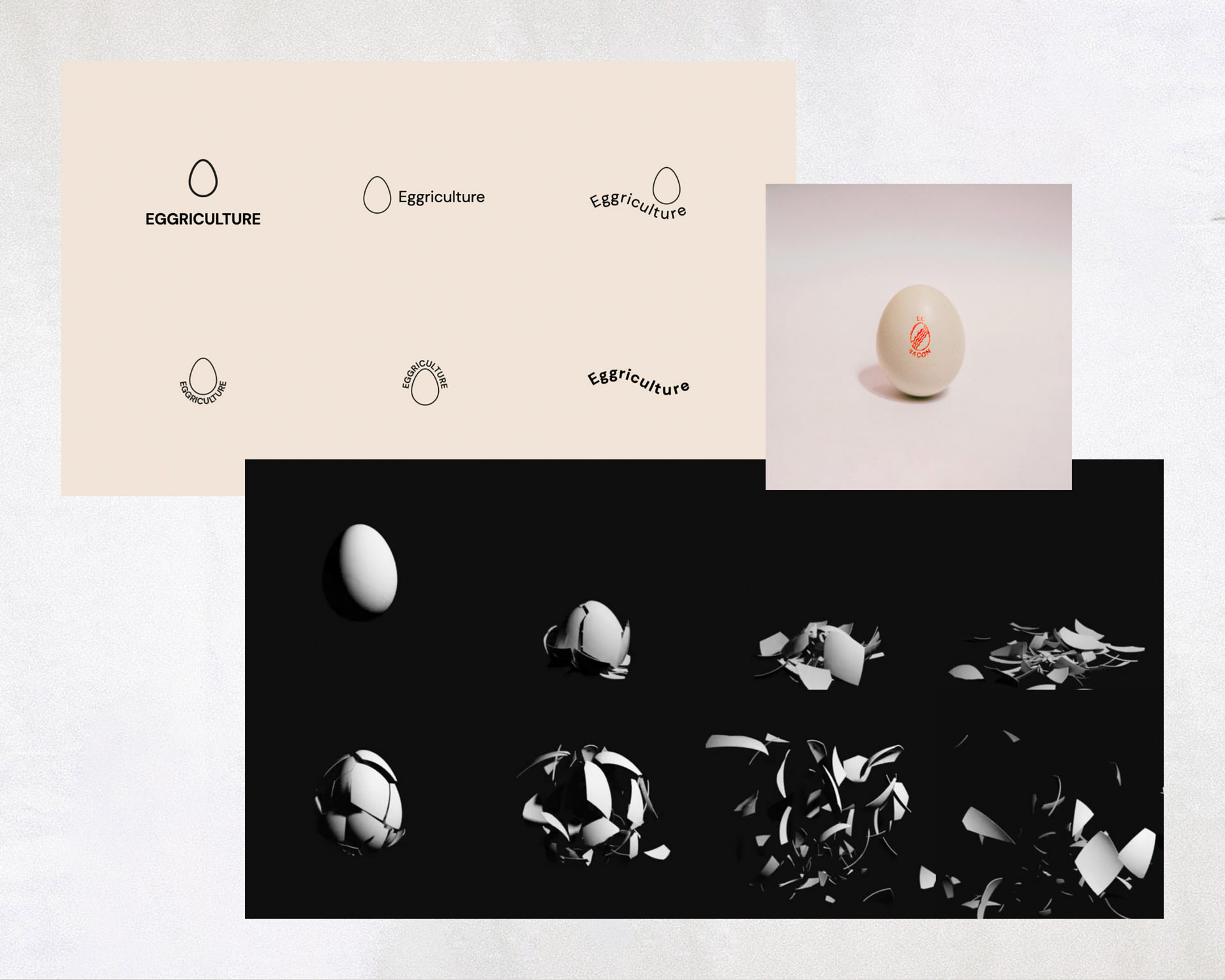


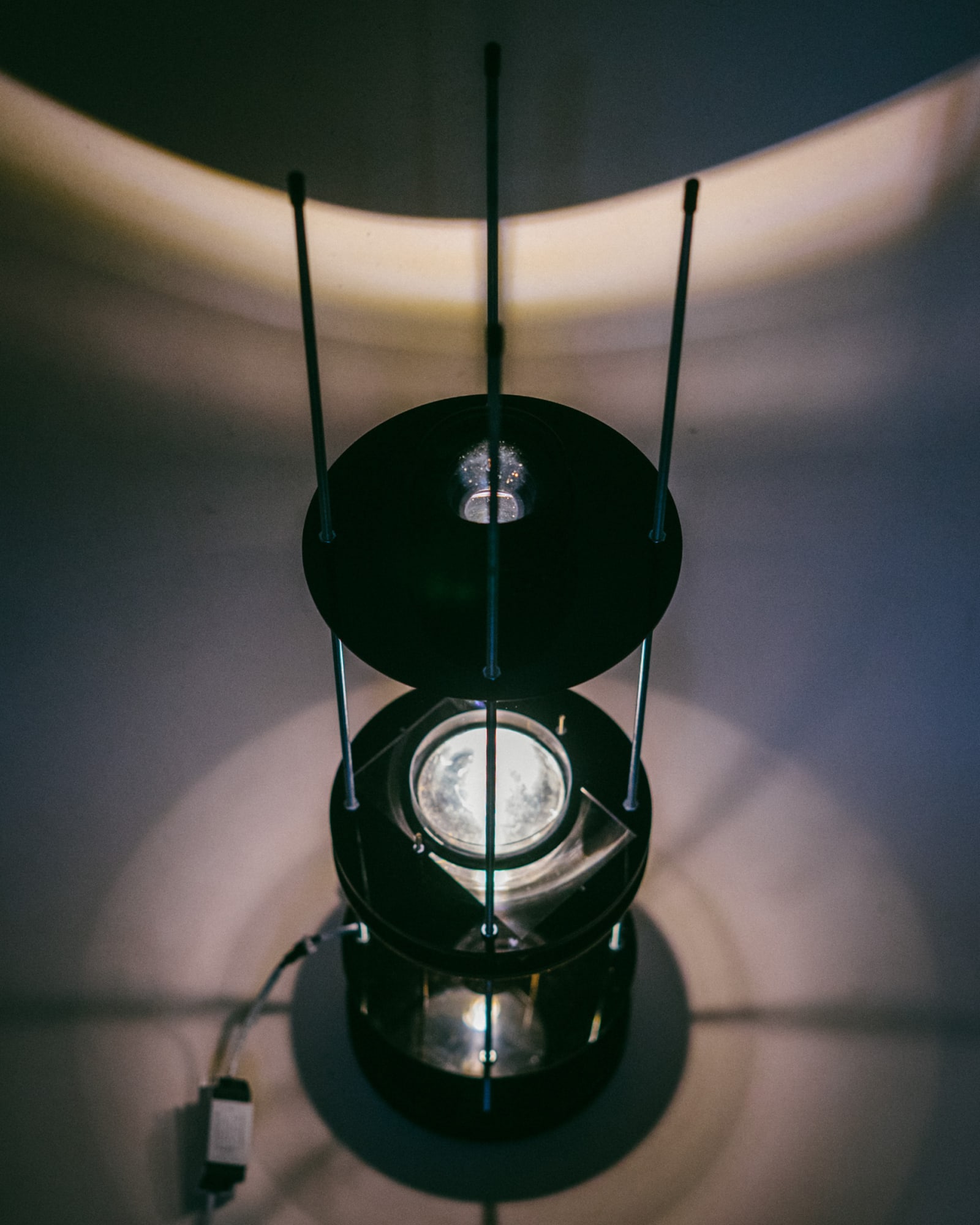


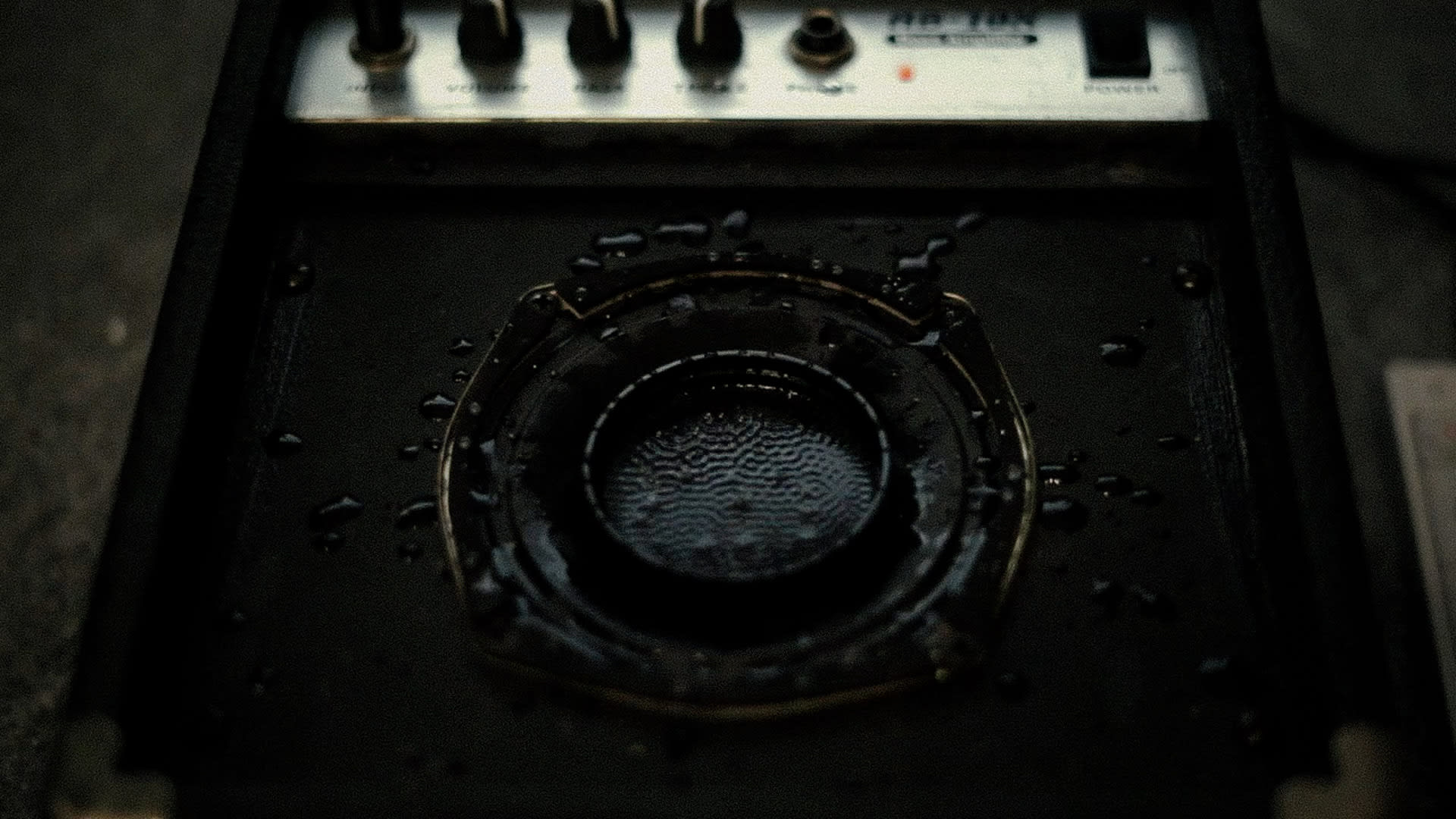
![[untitled]](https://res.cloudinary.com/rca2020/image/upload/f_auto,h_1080,w_1920,c_fill,g_auto,q_auto/v1/rca2021/60c3509aa98c7847e5e1b984-908194?_a=AXAH4S10)

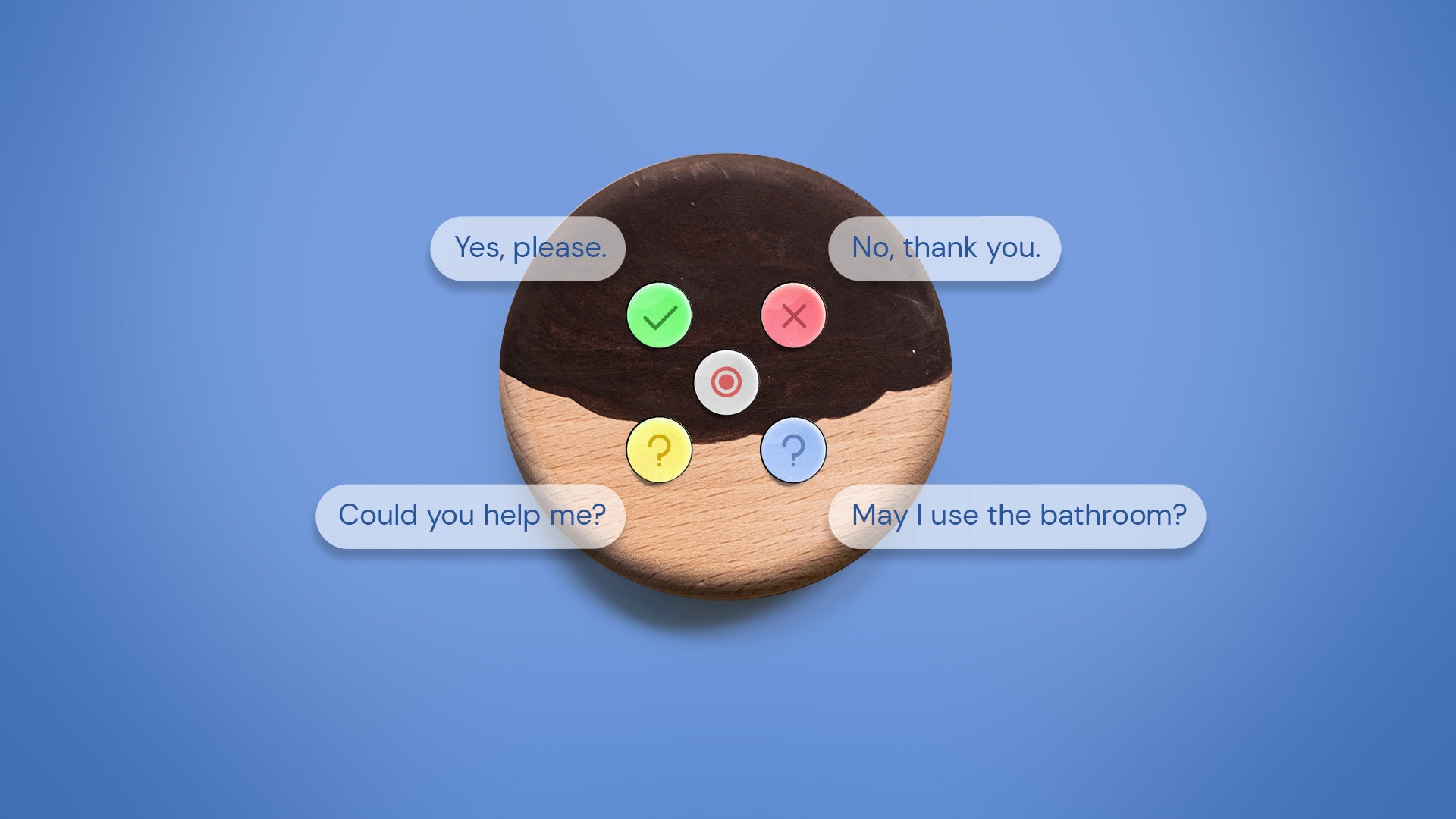


![[untitled]](https://res.cloudinary.com/rca2020/image/upload/f_auto,h_1499,w_1920,c_fill,g_auto,q_auto/v1/rca2021/60c35104a98c7847e5e1dde6-5118?_a=AXAH4S10)
